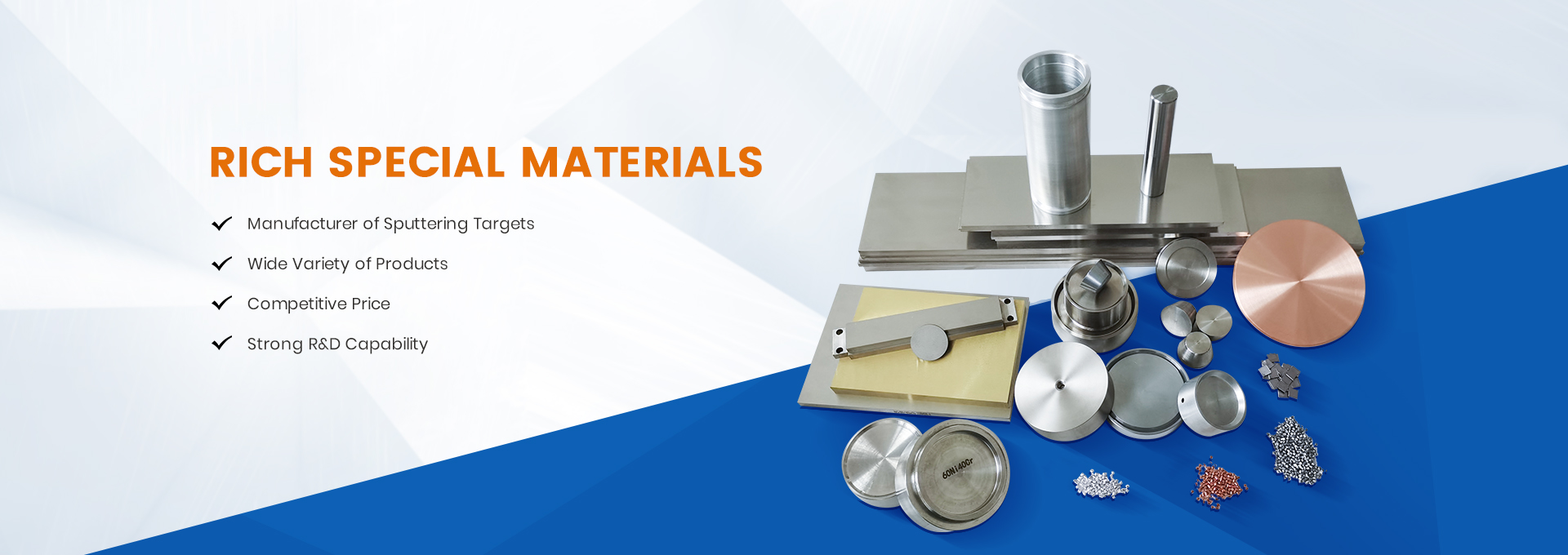Binding Backboard Process:
1、 What is binding binding? It refers to using solder to weld the target material to the back target. There are three main methods: crimping, brazing, and conductive adhesive. Target binding is commonly used for brazing, and brazing materials commonly include In, Sn, and In Sn. Generally, when soft brazing materials are used, the sputtering power is required to be less than 20W/cm2.
2、 Why bind 1. Prevent uneven fragmentation of target materials during heating, such as brittle targets such as ITO, SiO2, ceramics, and sintered targets; 2. Save * * * and prevent deformation. If the target material is too expensive, it can be made thinner and bound to the back target to prevent deformation.
3、 Selection of back target: 1. Rich Special Materials Co., Ltd. commonly uses oxygen free copper with good conductivity, and the thermal conductivity of oxygen free copper is better than that of red copper; 2. The thickness is moderate, and it is generally recommended to have a back target thickness of about 3mm. Too thick, consuming some magnetic strength; Too thin, easy to deform.
4、 Binding process 1. Pre treat the surface of the target material and back target before binding. 2. Place the target material and back target on a brazing platform and raise the temperature to binding temperature. 3. Metallize the target material and back target. 4. Bond the target material and back target. 5. Cooling and post-processing.
5、 Precautions for using bound targets: 1. The sputtering temperature should not be too high. 2. The current should be slowly increased. 3. The circulating cooling water should be below 35 degrees Celsius. 4. Suitable target density
6、 The reason for the detachment of the back plate is that the sputtering temperature is high, and the back target is prone to oxidation and warping. The target material will crack during high-temperature sputtering, causing the back target to detach; 2. The current is too high and the heat conduction is too fast, causing the temperature to be too high and the solder to melt, resulting in uneven solder and detachment of the back target; 3. The temperature of the outlet of the circulating cooling water should be lower than 35 degrees Celsius, and the high temperature of the circulating water may cause poor heat dissipation and detachment; 4. The density of the target material itself, when the density of the target material is very high, it is not easy to adsorb, there are no gaps, and the back target is easy to fall off.
Post time: Oct-12-2023



